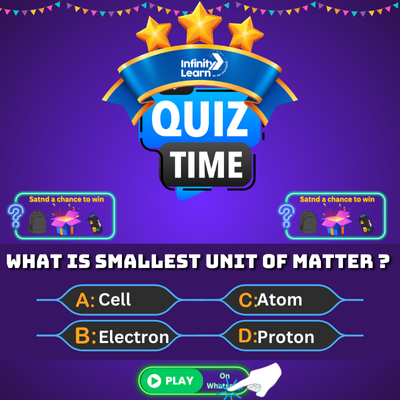Table of Contents
CBSE Class 8 Science Science and Technology
FORMATIVE ASSESSMENT NO: 2
SUBJECT: SCIENCE
CLASS – VIII
ASSIGNMENT NO: 2
CHAPTER – LIGHT
Q1. Fill ups:
1) The image formed by a plane mirror shows the phenomenon of
___________ inversion.
2) Perpendicular at the point of incidence is_______________.
3) Splitting up of light into its color is known as ____________ of light.
4) Part of retina which is devoid of light sensitive cells______________.
5) During near vision, ciliary muscles ___________, while during distant vision, they expand.
6) ____________lens is present in the eyes.
7) __________ protect the inner structure of the eyes.
8) The day birds like Kite, Eagle have more __________ & fewer _______.
9) Reflection of light by a smooth polished surface is__________ reflection.
10) The ____________nerves connects the eyes to brain.
Q2. Choose the correct answer
1. Braille System was developed in
a) 1891 c) 1791
b) 1888 d) 1821
2. The image formed by a plane mirror is
a) Always real c) Always virtual
b) Sometimes real & sometimes d) Real but diminished
Virtual depending upon the distance
of object from the mirror.
3. The no. of multiple images formed by two plane mirrors, if the angle between them is 72 ̊
a) 4 c) 5
b) 6 d) 7
4. A person is standing 5m away from a plane mirror. What will be the distance between him & the image?
a) 5m c) 0m
b) 10m d) 15m
Q3. Name the following:
a) The most popular resource for visually challenged person to read &
write.______________
b) The ray which strikes any surface._____________
c) Light sensitive cells in the eye._____________
d) A smooth, shining surface, which rebounds the light back in the same or
different direction._________________
Q3. Why do night birds have extraordinary night vision?
Q4. How the persistence of vision is helpful in making still pictures moving?
Q5. Describe the functions of (a) cornea (b) pupil (c) ciliary muscles (d) iris
Q6. Why are the multiple images seen when two plane mirrors are placed at
an angle between them?
Q7. Why is Vitamin A essential for us?
Q8. What are the common eye defects? Give their causes and corrective measures.






